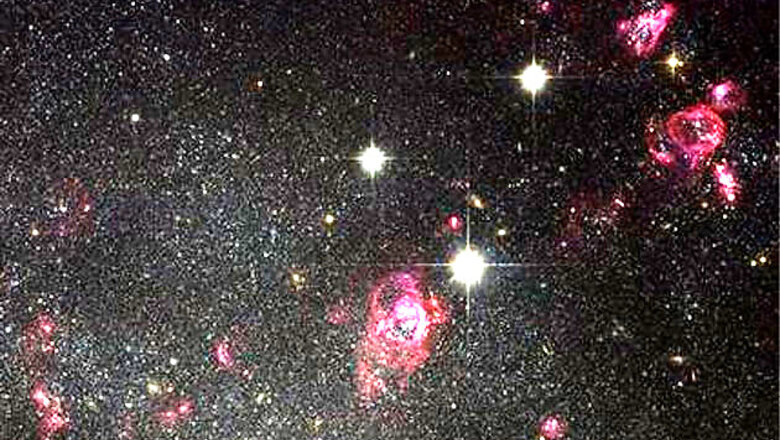
views
Washington: A team of scientists has discovered the first evidence of water clouds on an object outside our own solar system.
At the Las Campanas Observatory in Chile, Jacqueline Faherty from Carnegie Mellon University and her team detected the coldest brown dwarf ever characterised.
Brown dwarves fall between stars and planets. They are too small to sustain the hydrogen fusion process that fuels stars, but they are not quite giant planets either.
First seen by NASA's Wide-field Infrared Survey Explorer mission, the brown dwarf named W0855 is the fourth-closest system to our own Sun, practically a next-door neighbour in astronomical distances.
"This is a great result. This object is so faint and it is exciting to be the first people to detect it with a telescope on the ground," said astronomer Chris Tinney from the centre for astrobiology at the University of New South Wales, Australia.
A comparison of the team's infrared images of W0855 with models for predicting the atmospheric content of brown dwarves showed evidence of frozen clouds of sulfide and water.
Water clouds exist on planets Jupiter, Saturn, Uranus and Neptune but have not been seen outside of the planets orbiting our Sun until now.
Their temperatures can range from nearly as hot as a star to as cool as a planet and their masses also range between star-like and giant planet-like.
The findings were published in the Astrophysical Journal Letters.

















Comments
0 comment